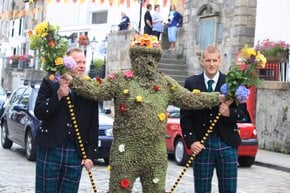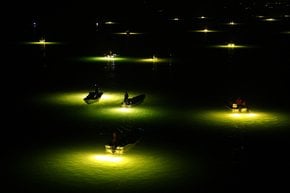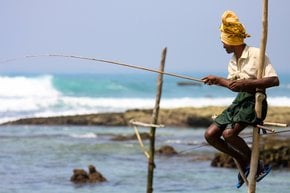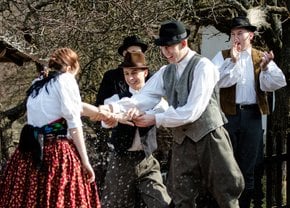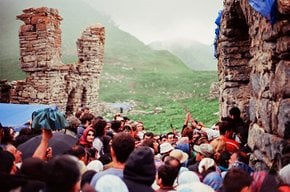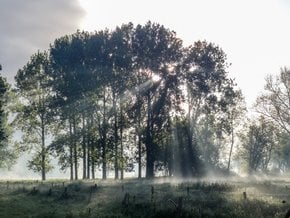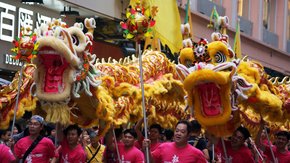Castells or Human Towers in Barcelona 2026
An amazing tradition of constructing human towers
Best time: February–July | September–November
Castells or human towers are a spectacular tradition that is particular to Catalonia. Originally it was a rural cultural phenomenon, but urban mass holidays have lifted it to a new level of grandeur. The participants of such human towers are named Castellers.
Human castles are partly a form of art, partly a sport, that originated in the 18th century in Valls, Tarragona. It has become common to see rivaling groups, like neighborhoods, challenge each other in creating castells.
The base of the castle is called pinya. It consists of the strongest and the heaviest people that must hold the structure together. The second level of the tower is called folre, the third level is mantilles. One level up is the tronc or trunk that consists of about nine people who are giving the tower its height. The top of the tower is called canalla. It usually consists of teenagers or petite women. The last person to go up is anxaneta, who waves to cheering crowds from the very top.
Visitors can watch weekly training sessions of Castellers de Barcelona Club from February to November to see how complicated and challenging the process is. Throughout the year, you might occasionally see the Castells during major celebrations such as La Mercè.






